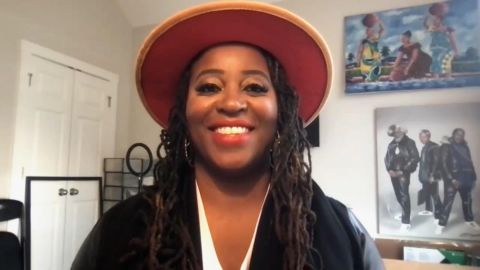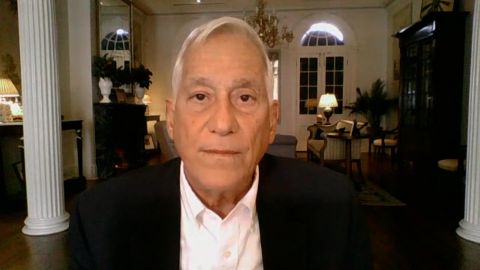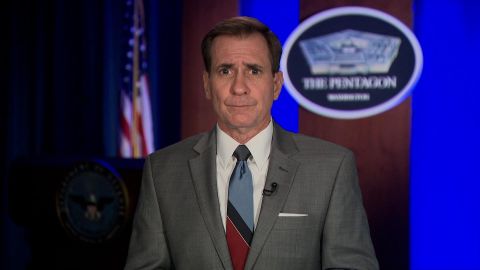Read Transcript EXPAND
WALTER ISAACSON: Well, CRISPR is pretty simple. It’s something bacteria have been doing for more than a billion years. And they’re not much smarter than we are. What they do is, when they get attacked by a virus, they take a mug shot of it and they take a little snippet of it and weave it into these clustered, repeated sequences in their own DNA, now known as CRISPRs, and so that, if that virus ever attacks again, the bacteria takes a little scissors, an enzyme and can target it and chop it up. And so it’s an adaptive immune system, which is exactly what we need during this pandemic. What Jennifer Doudna and Emmanuelle Charpentier discovered was, wow, if bacteria can do that and chop up DNA wherever it targets it, we can use it as a tool to edit our own genes. So, it’s already been used to help cure cancers, to fight — to cure sickle cell anemia, and even in China a couple years ago to make designer babies. And, fortunately, it’s being deployed now in the fight against coronavirus to be able to detect the virus and eventually just to chop up and kill the virus the way bacteria do.
CHRISTIANE AMANPOUR: So, obviously, we will get to the China bit in a minute, because that fits into the ethical conundrum going forward. That doctor was slapped around for doing what he did, because it wasn’t authorized. We’re going to get to that in a second. But you have called this technology the third great technological revolution of the modern era. Describe the first and the second and why you think this.
ISAACSON: Well, the first is, the first half of the 20th century was an era of physics, a lot of it coming out of Einstein’s papers at the beginning of the century about the atom and things like — it leads to atomic weaponry and space travel and semiconductors. Second half of the 20th century involved another fundamental kernel, which we call the bit, meaning a binary digit. It means all information can be encoded with on/off switches, binary digits. And so you can create a computer, the Internet and the microchip. And when you combine them, you get a digital revolution. This third revolution is one that’s based not on digital coding, but on the code of life. And it comes since we sequenced the human genome in the year 2000, and now since Jennifer Doudna, the heroine of my book, and Emmanuelle Charpentier and others have figured out, not only can we read the code of life, but we can rewrite it. And I think that’s going to have far, far grander implications for good, but also a few ethical challenges, than even the digital revolution did.
About This Episode EXPAND
Walter Isaacson discusses CRISPR and “The Code Breaker.” Plus, Pentagon spokesperson John Kirby explains how the Biden administration will approach tensions with China and Taiwan. And Nse Ufot, CEO of The New Georgia Project, explains how she’s working to make voting easier and more accessible.
LEARN MORE


